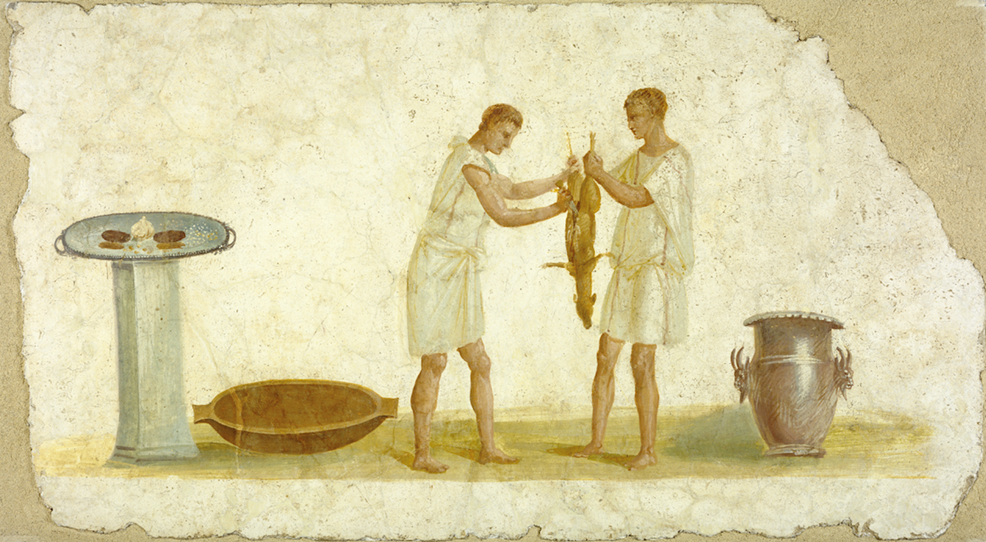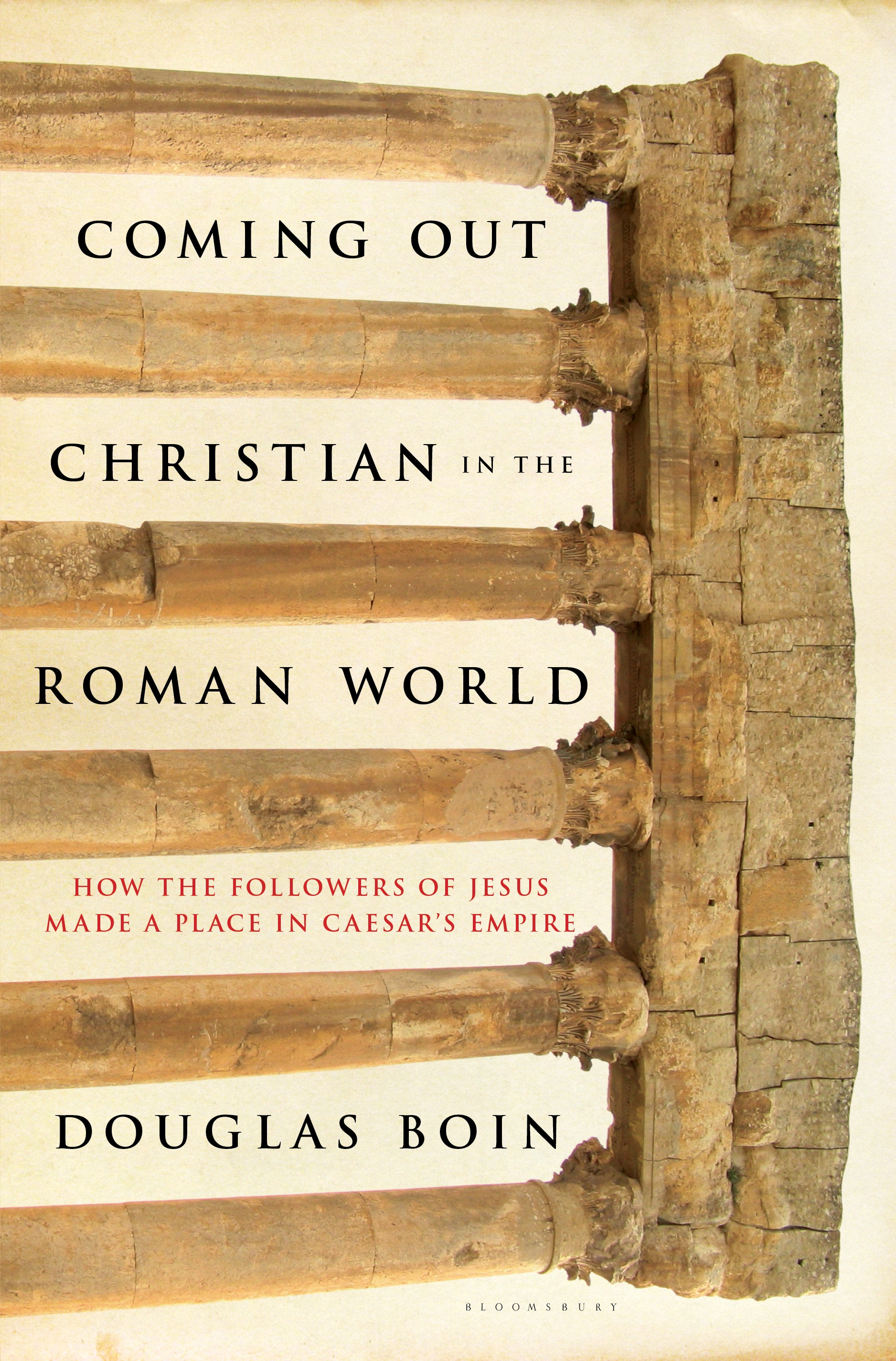By Douglas Boin (Guest Contributor)
The birthday party was over, but the hangover was fierce.
On April 21st, 248 A.D., the Emperor Philip had celebrated Rome’s 1,000th anniversary. Exotic elk, hippopotami, giraffes, lions, and tigers were put on parade in the Circus (or put to death in the Colosseum). It was a fête befitting the citizens of a diverse empire. And then Philip, tragically, was killed. Unity would not come easy in the years that followed. When Emperor Decius, in 250 A.D., announced a Mediterranean-wide campaign asking citizens to gather in their cities, participate in local sacrifices, and share in the banquet that followed, some citizens balked. They worshipped Jesus the Messiah, they said. They couldn’t be expected to do what other citizens were doing. “Christians” were different.
It’s a compelling way to tell the story: Christians fought the tyranny of persecution, and they eventually won the free right to practice their faith as they wished. Only history’s a little more complicated.
As I show in my new book, Coming Out  Christian in the Roman World, many Christians did exactly the thing generations of historians have assumed they did not do. They participated in Roman festivals and civic banquets. We know because many of their own peers vilified them for it. Curiously, though, we’ve never tried to see history from their perspective. And that’s where the story gets really interesting.
Christian in the Roman World, many Christians did exactly the thing generations of historians have assumed they did not do. They participated in Roman festivals and civic banquets. We know because many of their own peers vilified them for it. Curiously, though, we’ve never tried to see history from their perspective. And that’s where the story gets really interesting.
In Roman Spain, two men in particular—their names are Martial and Basilides—were at the forefront of an outreach campaign showing their friends and neighbors that they could be Christian and Roman at the same time. Martial and Basilides both attended the emperor’s call for sacrifice in 250 A.D. Martial himself probably took part in sacrifices regularly as part of his commitment to a local Roman social club, called in a Latin a collegium, or guild. Archaeological remains of these guilds have been identified all throughout the Mediterranean. The city of Ostia, the harbor town of Rome, offers several examples. Guilds usually had rooms for banquets and, more importantly, temples where the club’s patron gods were worshipped.
Martial was a member of one of these organizations. He was also a Christian bishop. He lived a hyphenated life. Martial’s ability to build bridges with people in town—by attending “pagan” sacrifices and participating in Roman civic life—also did not sit well with other Christians. One bishop in North Africa even considered his compromise, like Basilides’, a sign that “the end of the world” was coming.
History, however, is not just an account of who shouted the loudest. It also includes the quieter voices we might have overlooked. And that’s why Martial and Basilides are so important to the history of the Roman Empire. Many people assume that Christians were incapable of living as citizens in the Roman world and that, when the followers of Jesus eventually moved into the palace, they finally succeeded in “Christianizing” it. The evidence I’ve collected in my book suggests a much different picture. Many Christians didn’t need to “Christianize” anything, and their lives change how we tell Roman history.
 Douglas Boin is an archaeologist and a historian of the ancient Mediterranean world who teaches at Saint Louis University. In his research and public writing, he explores how ancient texts and artifacts can help us reconstruct relations between Jews, Christians, and non-Christians throughout the Roman Empire. He is the author of Ostia in Late Antiquity and, most recently, a general history book, Coming Out Christian in the Roman World: How the Followers of Jesus Made a Place in Caesar’s Empire, available from Bloomsbury Press.
Douglas Boin is an archaeologist and a historian of the ancient Mediterranean world who teaches at Saint Louis University. In his research and public writing, he explores how ancient texts and artifacts can help us reconstruct relations between Jews, Christians, and non-Christians throughout the Roman Empire. He is the author of Ostia in Late Antiquity and, most recently, a general history book, Coming Out Christian in the Roman World: How the Followers of Jesus Made a Place in Caesar’s Empire, available from Bloomsbury Press.
Image: Getty Open Content Program. Unknown, “Fragment of a Fresco Panel with a Meal Preparation,” Roman, 100 – 150 A.D., Fresco, 69.5 x 127 x 3.5 cm (27 3/8 x 50 x 1 3/8 in.), 79.AG.112.
